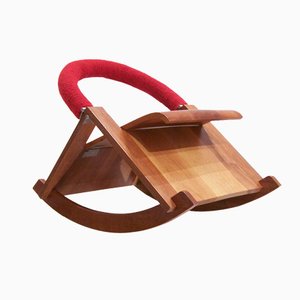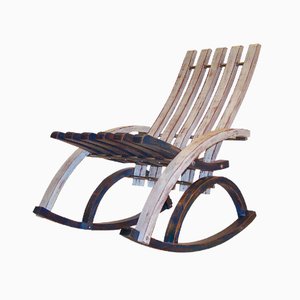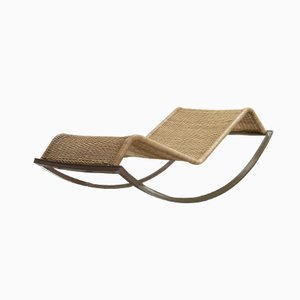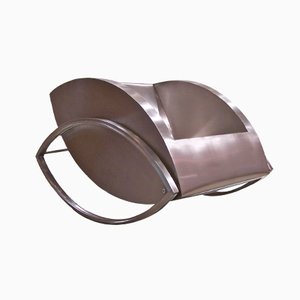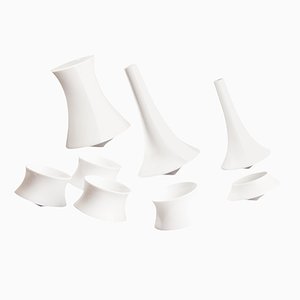A visit with jewelry designer Mayelín Guevara
Scenes from Havana: Part 2
Mayelín Guevara is zipping back and forth through her railroad flat. I sit in her living room, facing a small workshop at the front. She pauses momentarily to hand me a brightly coloured piece of jewellery before rushing off again to gather more from rooms hidden in the back. She is charmingly restless—speaking quickly, laughing often and loudly, and putting everyone around her at ease.
The petite, gamine jewellery designer lives and works in Havana’s Playa district. A large window in her studio looks out onto a huge, leafy tree, and her workspace is lined with treasured materials she’s spent years sourcing: colourful acrylics, scraps of metal, painted porcelain, buttons. “To get anything in Cuba can be difficult,” she explains, “so I change my materials often.” Her designs, which range from elegant to exuberant, are composed of everyday items, each more surprising than the last: balloons, broken records, office supplies, children’s toys, bits from old Russian coats. Sometimes, she tells me, she has a design idea, finds the materials she wants, and makes the piece. More often than not, though, materials are scarce, so she improvises, using what’s available. Or she reverses the process, finding inspiration in a material at hand. Her choices are clever and unexpected, but also borne of necessity.
For one particularly striking (and resourceful) set, Colección Habana Noir, Mayelín went to the city’s prestigious Fifth Avenue right after it was freshly paved, and grabbed a handful of soft asphalt remnants. She brought them home and shaped them into tiny spheres, then worked with a local chemist to figure out the proper chemicals to apply to prevent the asphalt from staining one’s clothes. She combined the treated asphalt with silver to create minimalistic, modern rings and a necklace, inspired by the dichotomy between Havana’s grand architecture and the frequently dilapidated state of its streets.
Guevara says, “I draw inspiration from everything: architecture, nature, science, fashion, art, antiques, music, sayings, daily life in general, both difficult and nice situations. Although the obstacles on the island inspire everyone! You have to solve what appears with the tools that you have, and invent the rest. And of course, like all Cubans, I tend to laugh at problems.”
Guevara began working with jewellery during the early 1990s, at the onset of the “Special Period in Time of Peace,” a term euphemistically used to describe the period of stark deprivation and economic depression following the demise of the Soviet Union, then Cuba’s greatest supporter. During that time, most Cubans lost everything. Guevara herself had begun to study history at university, but “I could not finish my courses due to the economic problems. Then this man in my neighbourhood hired me to help with soldering; he paid me a Cuban peso per job. That's when I became interested in this profession. And coincidentally, that's when the state began allowing some people to have small independent businesses, so I started my own jewellery repair business.” She started out by fixing her neighbours’ jewellery. People’s possessions were limited, of course, so Guevara felt an intense sense of responsibility to those around her to do a good job from the outset. “I have so many people to be thankful for,” she says. Not long after, she began to create her own pieces.
Today, Guevara’s work is included in exhibitions throughout Cuba. As she rifles through bags in her studio, I marvel at her prolific output. “I’m restless,” she acknowledges, “so I’m constantly trying new things.” I wonder if she is optimistic about the future of design in Cuba today. Guevara tells me, “I think design now occupies a place [in our culture]. It is being given more and more importance.” I ask a follow-up question, but something is lost in translation. She laughs loudly, and says, “Están en Cuba; don’t be too demanding.”
Read more about our visit and the creatives shaping Cuba's creative landscape with Part 1 and Part 3.
-
Text by
-
Anna Carnick
Anna is Pamono’s Managing Editor. Her writing has appeared in several arts and culture publications, and she's edited over 20 books. Anna loves celebrating great artists, and seriously enjoys a good picnic.
-

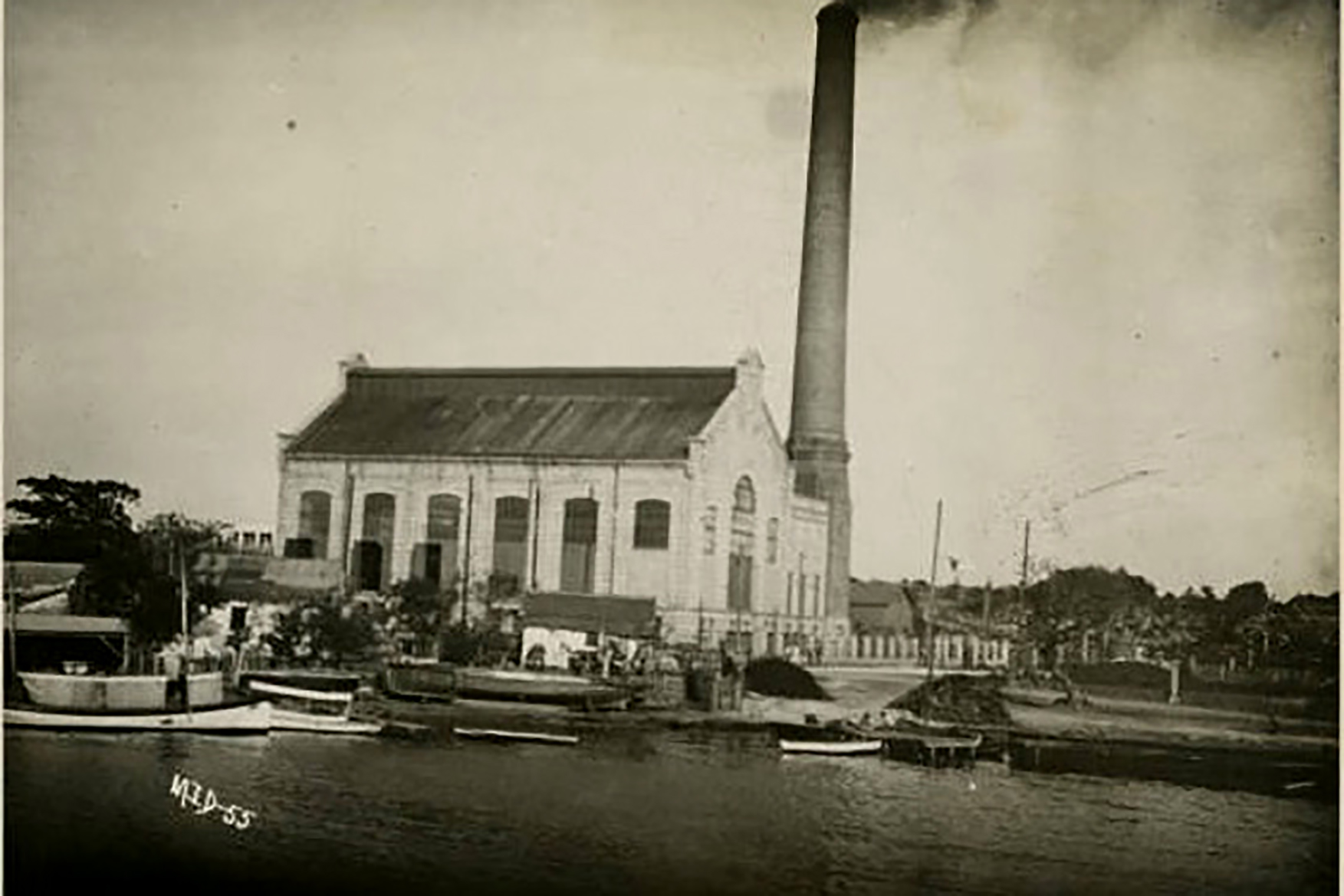 Cooking oil factory in Havana
Photo courtesy of FAC
Cooking oil factory in Havana
Photo courtesy of FAC


